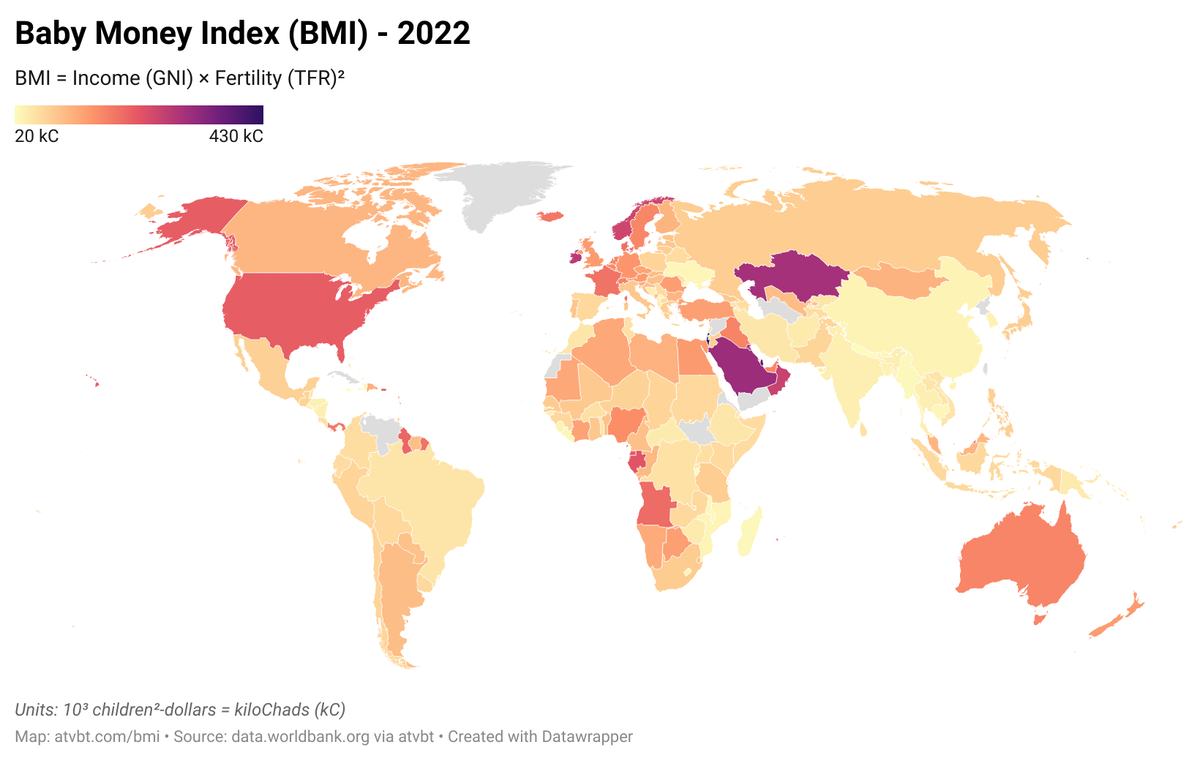RAM Data Remanence Times: Significant Differences Between DDR4 and DDR5
3mdeb conducted research testing data remanence times in different RAM types (DDR4 and DDR5). Results showed DDR5 data vanishes almost instantly after power loss, while DDR4 data persists for significantly longer, up to two minutes. This highlights critical differences in data security between RAM types. A custom UEFI application was used, writing and comparing memory patterns while accounting for temperature and humidity. This research is significant for understanding memory data security and designing more secure systems.
Read more
















